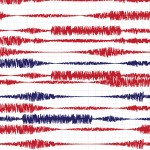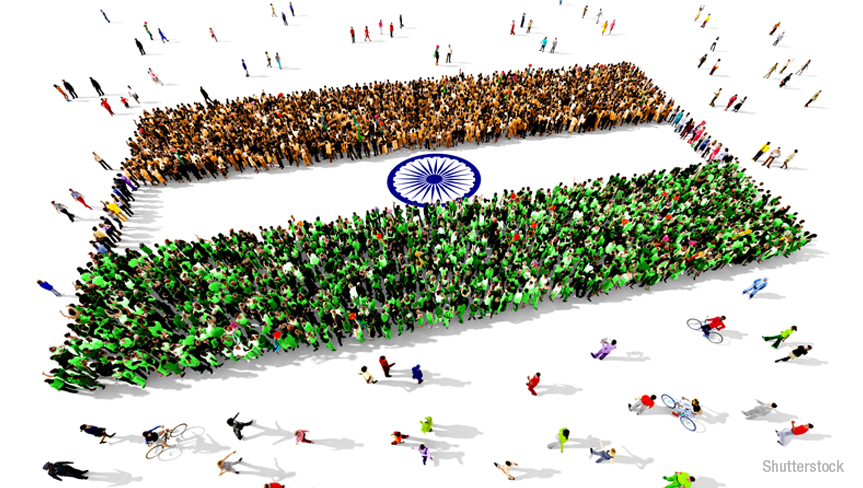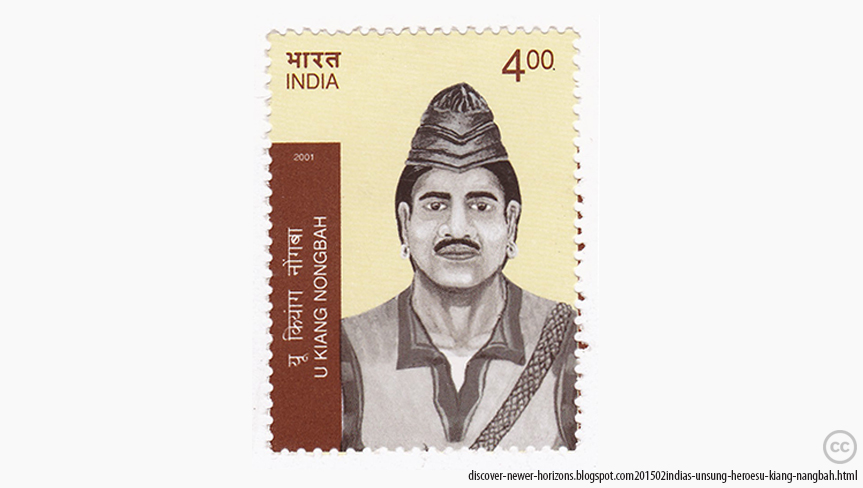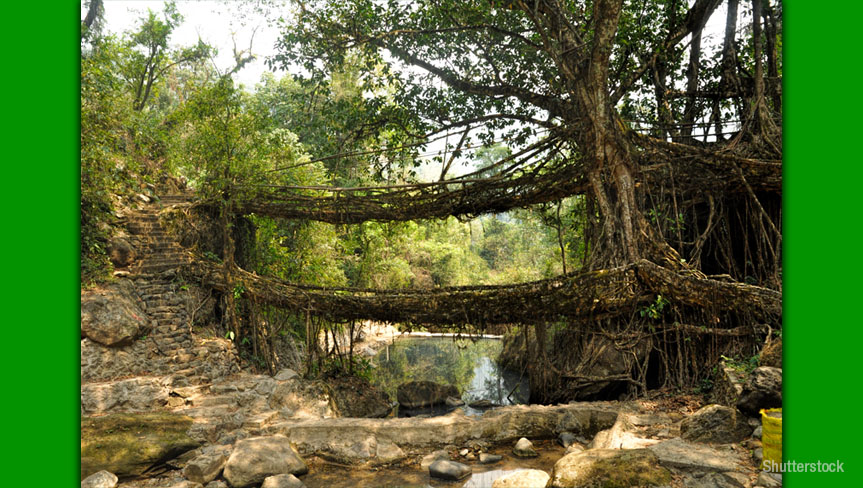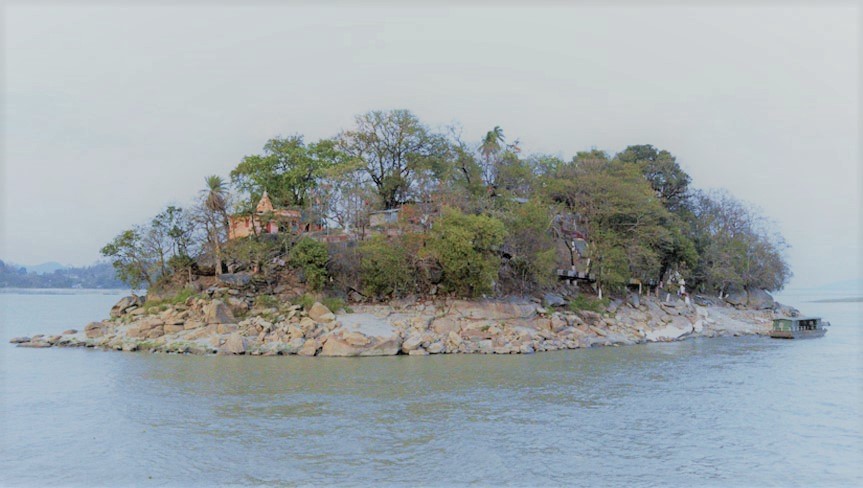India has the second highest population in the world, and is the largest democracy in the world. The country has around 1.2 billion residents, of which 834 million are eligible to vote. Universal Adult Franchise gives every Indian citizen the right to vote after reaching the age of 18. This essential right is the backbone of the country’s democratic governance mechanism.
India follows a multi-party system. According to the Election Commission, the country has 1866 registered political parties, as of 2015. 56 parties have been recognized as registered national or state parties. The remaining parties are unrecognized registered parties. The unrecognized parties are prohibited from contesting elections with their own symbols. The poll panel has issued 84 ‘free symbols’ that are available for use by such parties. Some of these symbols are balloon, airplane, banana, axe, bread, carrom board, frock, pressure cooker, toffee, and wool.
It has been argued that the existence of a large number of parties can make the democratic system ineffective. It is difficult to obtain a clear majority and governments can be formed only with the help of coalition. India has diverse ethnic, cultural, linguistic and religious groups. It is difficult to represent the interests of every group through a handful of national parties. Multiple parties are essential at the local and regional levels to ensure that minority interests are protected.
The 2014 elections saw the highest turnout of voters since independence, a commendable 66.4 per cent. Every polling station was equipped with an electronic voting system and ballot papers contained both the names and symbols of parties to facilitate illiterate voters. The Bharatiya Janata Party (BJP), the party currently in power, is the first party since 1984 to have won by an absolute majority.




